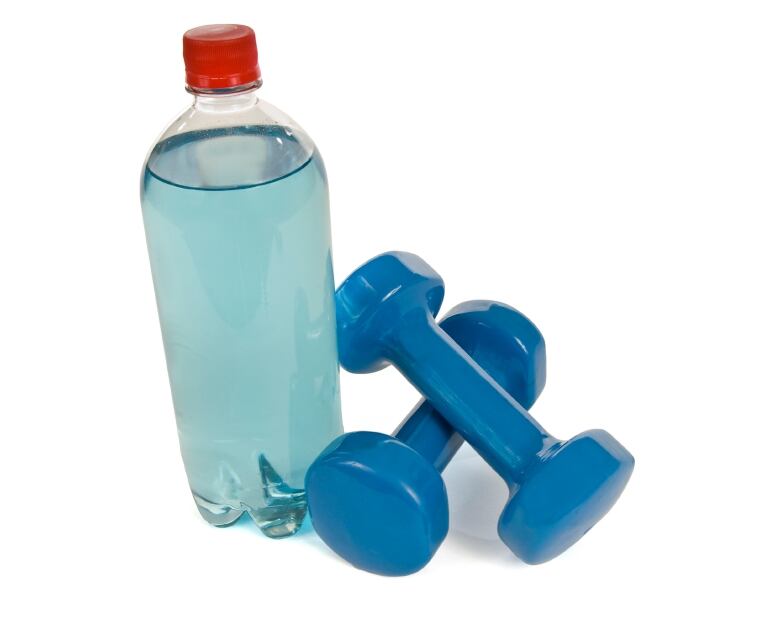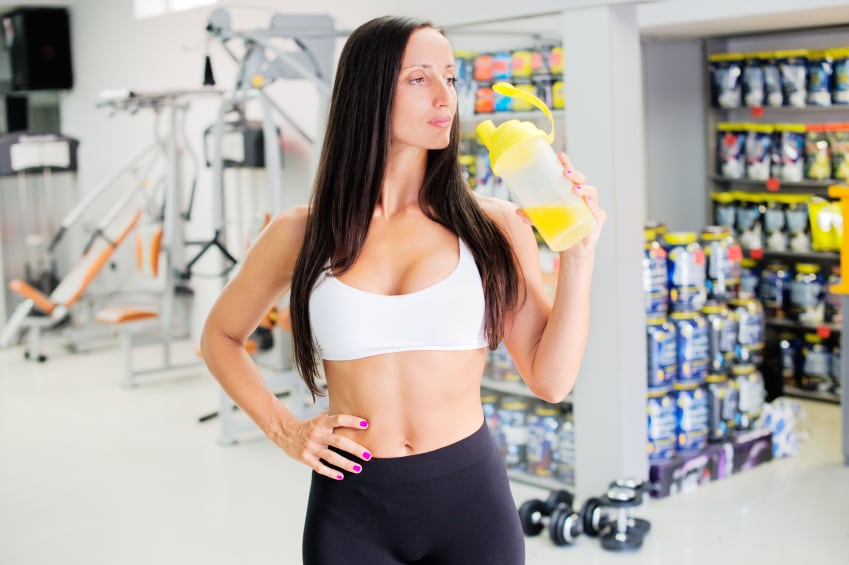Valued at around $5.95 billion at the end of 2014, the US retail sports nutrition market accounts for more than half of the $10 bn global market, the market analyst found.
Although bodybuilders and extreme athletes remain the core buyers of sports nutrition products in the US, more mainstream consumers—from weekend warriors to emerging lifestyle fitness types—are buying into the category to support everyday health and more active lifestyles. In turn, manufacturers are increasingly targeting the mass consumer with lower priced offerings stocked in high-volume retail outlets, including superstores, supermarkets, mass merchants and drugstores/parapharmacies.
“More and more retailers are also committing shelf-space to sports nutrition, which is helping to introduce less sophisticated users to the category,” Chris Schmidt, consumer health analyst at Euromonitor, told NutraIngredients-USA.
To better cater to these channels, mass-facing brands tend to use smaller pack sizes (particularly for protein powders) and more convenient formats, including pills, shots and gels. They also tend to center their advertising on “athletic competition rather than bodybuilding” through more recognizable, relatable team sport athletes, the report pointed out.
Manufacturers such as Muscle Milk manufacturer Cytosport (now owned by Hormel Foods Corp.) are embracing these newcomers with toned-down formulations, more convenient formats and distribution in more frequently visited grocery channels, Euromonitor found. Others, like NBTY Inc. and Iovate Health Sciences Inc. have created completely separate brands to target the less sophisticated, price-conscious users. Brands such as Body Fortress (NBTY) and Six Star (which Iovate promotes as “From the Makers of [core-facing brand] Muscletech”)—both demonstrating how the industry is using this platform to introduce more niche products, including creatine and nitric oxide boosters, into the mass market.
Animal protein making a comeback; more certification ahead

Protein unsurprisingly remained the most lucrative category within sports nutrition, with global sales up 10% to reach $8.1 billion in 2014—with 65% of that coming from the US market. Schmidt said that while plant-based proteins haven’t quite lived up to their hype, he anticipates more launches in the near term, likely positioned as health supplements rather than pure sports nutrition. Euromonitor has also seen a resurgence in animal protein, with some companies positioning beef protein launches as the “Paleo alternative” to whey.
“It will be interesting moving forward to see if the protein blends—with their longer, more sustained muscle-building claims—trickle down from the core users’ to the more casual users’ proteins powders,” Schmidt said. “We also expect to see more third-party certification, as the protein spiking debacle gains more attention among less sophisticated users.”
Functional food, supplement lines continue to blur
Schmidt warned that the protein category is ripe for fatigue in the future, along with continued encroachment from Big Food, given its “food-like” image.
Indeed, packaged food giants such as Coca-Cola Co. and General Mills Inc. have rolled out added-protein versions of everything from milk and juice to breakfast cereal to appeal to the growing market. The increased attention on protein has even breathed new life into grocery staples such as cheese, nuts and meat—which marketers are rebranding as “naturally high in protein”. As a result, products like Hormel’s Rev Wraps and Kraft Foods’ Oscar Mayer Portable Protein Packs (P3) are finding success, Euromonitor found.
But the lines-blurring is coming from the supplement side, too, as sports nutrition brands enter the functional food fray with non-sports-specific products, he added.
“Muscle Pharm…has recently launched a coconut water protein drink that (while mentioning recovery) is very clearly geared toward the lifestyle/functional foods crowd,” he said. “They also just announced the impending launch of a full-fledged energy drink, which along with sports drinks, is a category I think a lot more sports nutrition companies will start to target.”
Non-protein, female sports nutrition still largely untapped
Elsewhere, Euromonitor noted that non-protein products—from energy to endurance boosters—represent a vastly underexploited market. But the category’s success depends on attracting more mainstream consumers through proper education on its key ingredients.

Owing in part to demonization in popular media and to a history of adulterated formulas, these products’ negative mainstream reputation will likely be helped by the emergence of banned substance-free certification as an industry standard, Euromonitor found. Moreover, multiple brands have invested in public outreach, including public sampling at races and public fitness events. “Explaining the science and provenance of the ingredients to more casual users, while providing an opportunity to experience their benefits, should help cement key ingredients’ legitimacy among consumers,” wrote the report’s authors.
Female sports nutrition represents another under-exploited area for marketers, Euromonitor said. As so-called functional fitness overtakes simple weight management techniques, more women are incorporating resistance training into their workouts, providing a big opportunity to promote the recovery benefits of protein.
Still, relatively few female-focused products vary greatly from the male-oriented versions, Euromonitor noted. And while non-protein products often have lower stimulant loads and more thermogenic and metabolism-boosting ingredients, the most distinguishing factor for many is a smaller serving size and more marketing emphasis on slimming and toning.
Looking ahead, the growing popularity of rigorous, regimented fitness programs like high-intensity interval training (which the American College of Sports Medicine dubbed its number two fitness trend for 2015) present an opportunity to educate female consumers on energy- and endurance-boosting supplements, such as creatine and beta alanine.
